The content of the article
The nosed viper is an extremely dangerous snake from the viper family. Belongs to the reptile class, squamous order. Despite its toxicity, it is often kept in captivity, at home.
Description
Female nosed vipers, having reached maturity, have a length of 50-70 cm, males can reach 90 cm. The upper part of the head is covered with small scales, the skull itself is characteristic of all types of vipers of a rounded triangular shape. At the end of the muzzle is a small outgrowth slightly protruding forward and directed upward, resembling a horn in shape. Thanks to this outgrowth, the snake got its name. It, like the head, is covered with tiny scales, its length is from 3 to 5 mm, the purpose of the growth is still inexplicable.
The nosed viper is colored red, light brown or gray. Along the entire length, it has a diamond-shaped pattern along the back, dark transverse lines or a wide zigzag strip. The belly of the reptile is yellow, yellow-gray in color with frequent small specks. The tip of the tail can be bright yellow, green or coral red. As a rule, males have a more distinct, pronounced pattern on the back.
Habitat
Within the range, it forms individual populations at a distance of tens of kilometers from each other. The average population density is up to 3 units per 1 ha, the total number of species, according to experts, totals about 10 thousand individuals. In wintering places, the population density increases by about 10 times and ranges from 15 to 20 individuals per 1 ha.
Lifestyle
In a warm period of time, a nosed viper can be found on branches of a bush or basking on a stone, but most of the day it prefers to stay on the ground. Despite the fact that the reptile prefers arid areas and settles in dry places, it is not rare to find near rivers and lakes, it is able to completely submerge in water and swim well.
The snake hunts at dusk and in the first night hours. Her diet consists of mice, chicks, shrews and large lizards, young individuals feed on insectivores and lizards.
The nosed viper almost never attacks first, sensing danger, it seeks to hide in a hole or hide. It only inflicts poisonous bites, defending itself if they try to catch or crush it. During breeding, males can be aggressive, so when you see a snake it is better to retire, and not try to scare it away.
Breeding
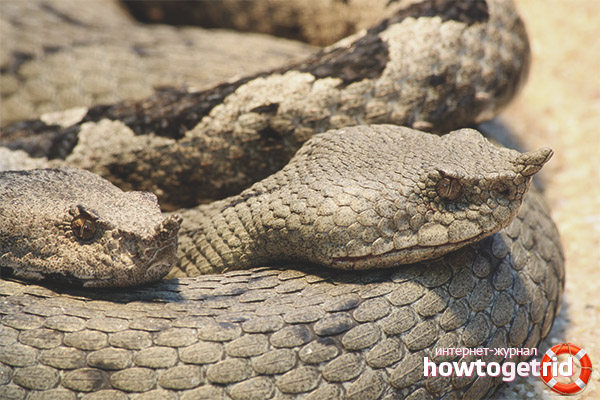
After wintering in March-April, the snake breeding period begins, the males arrange mating tournaments for the female’s favor. They are intertwined with the tail of the body, then they lift the body and collide with the side of the head, the main task is to push the opponent’s head to the side. However, they never use poisonous bites.
The female nosed viper belongs to the live-bearing species and produces offspring once every two years. Cubs are born between mid-August and September. Litter consists of 4-15, and sometimes 20 newborn reptiles. At birth, the length of the snake is from 20 to 25 cm, only when a nosed viper is born, it is already poisonous and capable of independent survival.
Captivity
Over the past decade, the number of reptiles has declined sharply. This happens against the background of the destruction of the habitat of snakes, deforestation, the development of large territories. In some countries, scientists are trying to preserve the species by breeding a nosed adder in captivity.
A snake bite is toxic to humans, but no deaths have been reported. Of the useful qualities, it is worth noting the fight against mouse rodents, as well as the use of poison for pharmaceutical purposes.

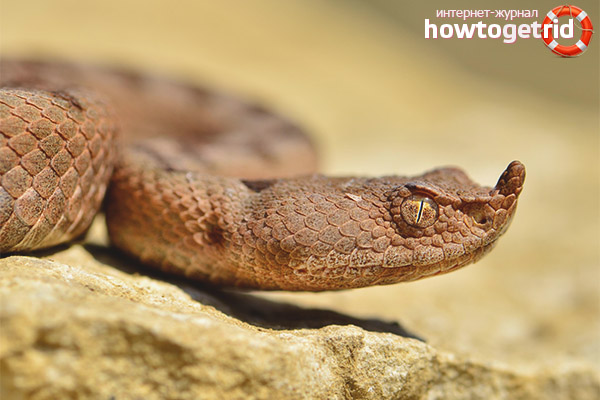

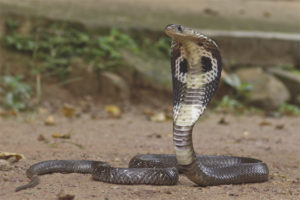
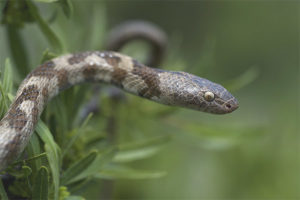
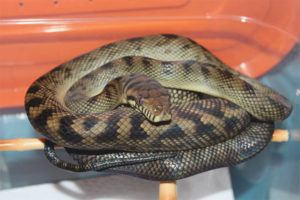
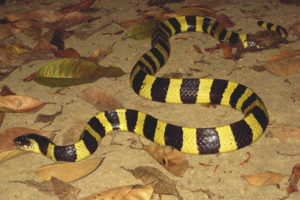

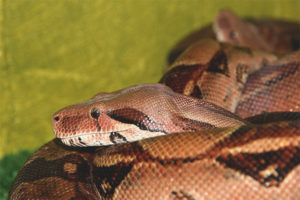
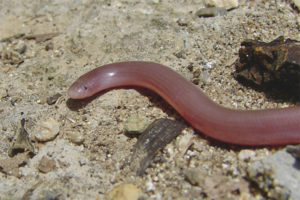
Submit